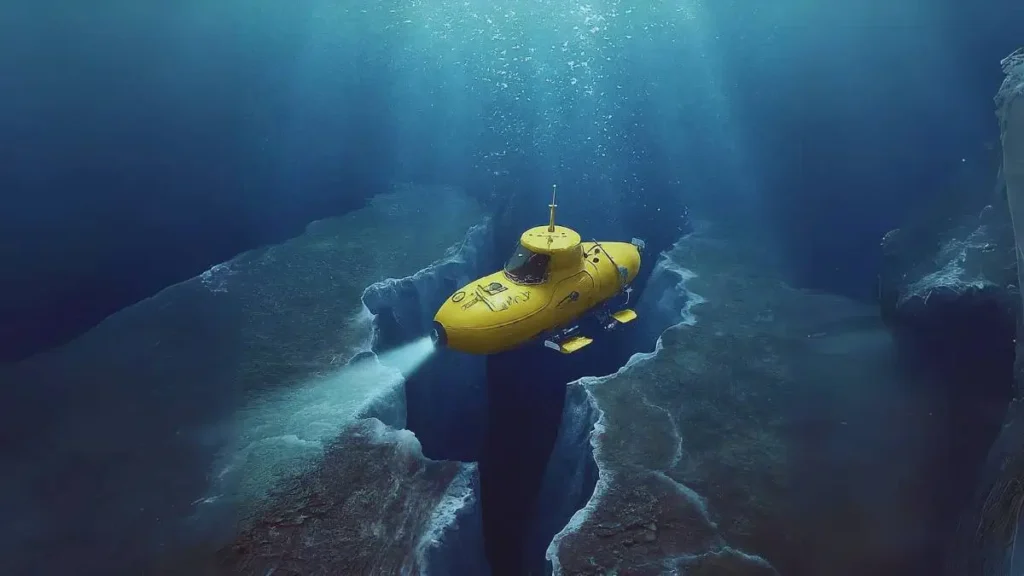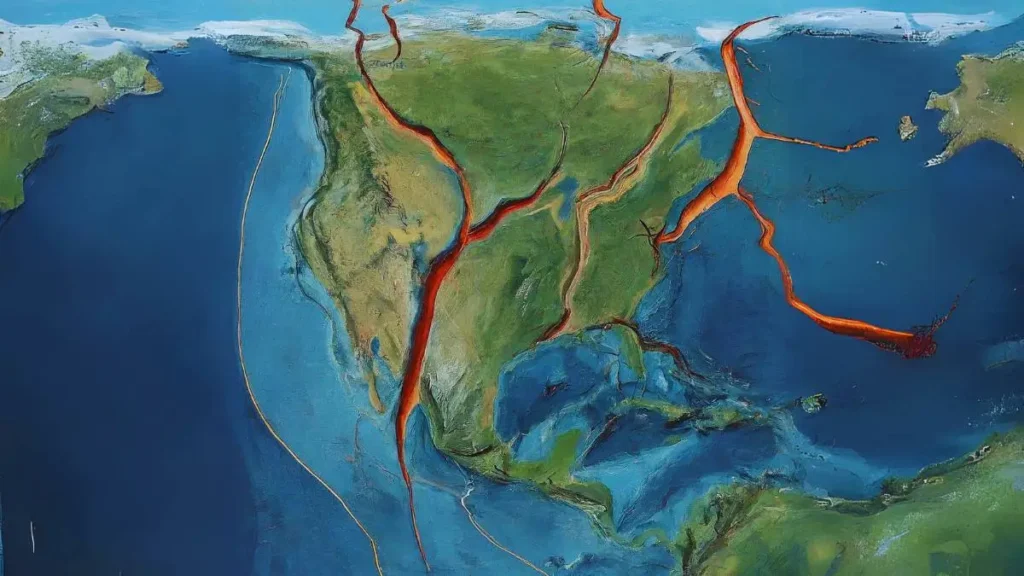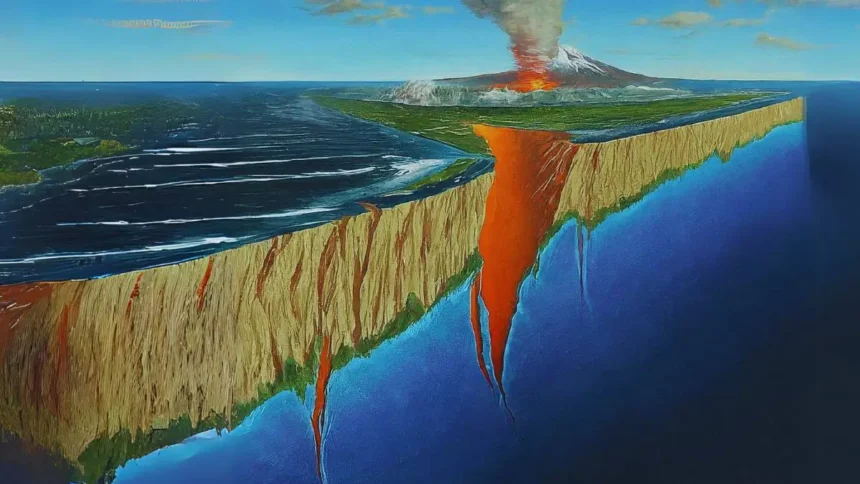In a groundbreaking discovery, scientists at the University of Toronto have uncovered evidence that the Pacific Plate, one of the Earth’s major tectonic plates, is undergoing a complex fracturing process across a vast expanse of the Pacific Ocean floor. The findings challenge conventional ideas about how tectonic plates behave within oceanic regions.
Weakening of A Tectonic Giant
The Pacific Plate, a massive slab of the Earth’s outer layer, encompasses the majority of the Pacific Ocean basin. For years, scientists assumed its predominantly oceanic makeup lent it a degree of stability. However, the new study indicates the presence of deep underwater faults, stretching for hundreds of kilometers and reaching thousands of meters into the plate itself. These fractures demonstrate that the plate is gradually weakening and tearing apart within these zones.
Clues From the Depths

The research team utilized an array of cutting-edge techniques to piece this tectonic puzzle together. State-of-the-art seismic imaging was used to probe the ocean floor, providing detailed readings of the Pacific Plate’s structure. Computer modeling proved pivotal, as scientists created simulations of the plate to track stress points and anticipate areas of weakness.
Forces Driving the Split
The western margin of the Pacific Plate sits upon an area geologists refer to as the “Ring of Fire” – a hotbed of volcanic and seismic activity. Here, the edge of the plate descends into the Earth’s mantle through a process called subduction. This continuous sinking acts like a massive tug, pulling on the rest of the plate. Imagine a tablecloth with one edge sliding off a table – the remaining fabric stretches and may rip. Similarly, this stretching force from subduction creates stresses across the Pacific Plate, ultimately causing fractures along its weakest points.
Plateau Paradox: Unexpected Weakness

The Pacific Plate also features several large underwater plateaus, rising from the ocean floor like immense submerged mountains. These features, like the Ontong Java Plateau, were previously assumed to be zones of increased strength due to their thicker crust. The breakthrough in this study is that researchers discovered these plateaus actually represent points of vulnerability where the fracturing is more likely to occur.
Implications for our Understanding
This surprising discovery carries far-reaching implications for our understanding of plate tectonics, the driving forces behind earthquakes, volcanoes, and even the formation of continents. This Pacific Plate research shows that oceanic plates are more dynamic and complex than previously thought. By delving deeper into these processes, scientists hope to unlock a better understanding of how our planet functions and improve predictions of geological events to protect vulnerable areas.










